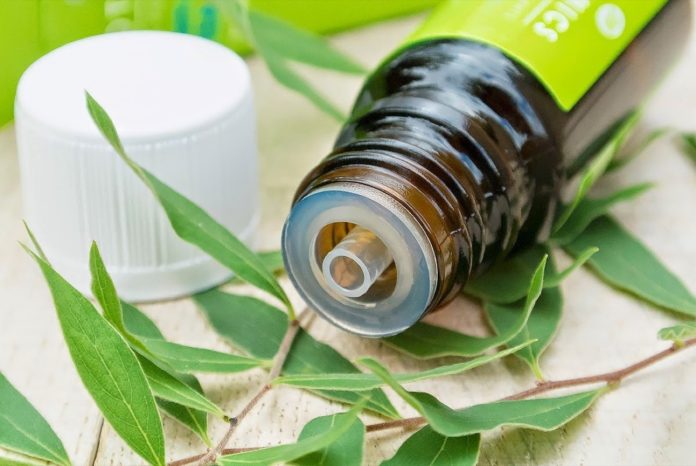Honey to heal a wound. Cherries for gout. Cod-liver oil – yuk! – to keep your eyes healthy. Your grandmother probably swore by these fixes, and now science is catching up with them.
Researchers have produced hundreds of studies in the past five years about the effectiveness of home remedies, but not all the old-time solutions really help.
This list focuses on treatments with evidence to back them up. Remember that even natural cures can interact with medications. If you take pills regularly or have a chronic health condition, check with your doctor before trying these.
1Honey for wounds
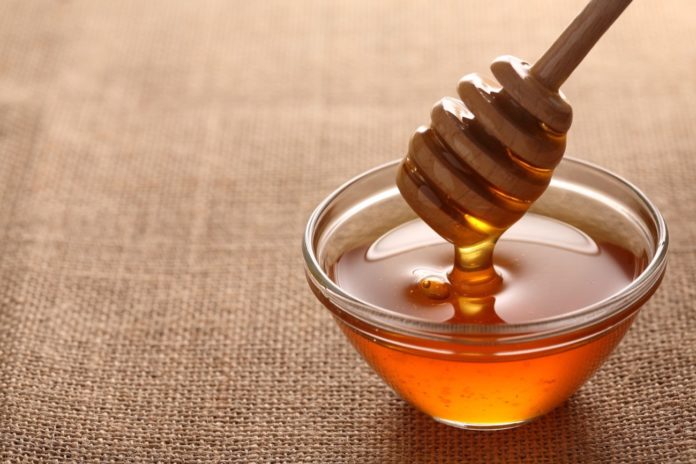
Since ancient Egyptian times, people have used honey as a salve for wounds. Pure honey contains the enzyme glucose oxidase, which causes a chemical reaction that releases hydrogen peroxide, an antiseptic. Honeys range widely in their antibacterial potency, however. For best results, scientists recommend manuka honey, which contains an additional compound that increases its effectiveness. Apply honey directly to a wound every 12 to 24 hours and cover it with sterile gauze.
2Plain lassi (buttermilk) for age spots
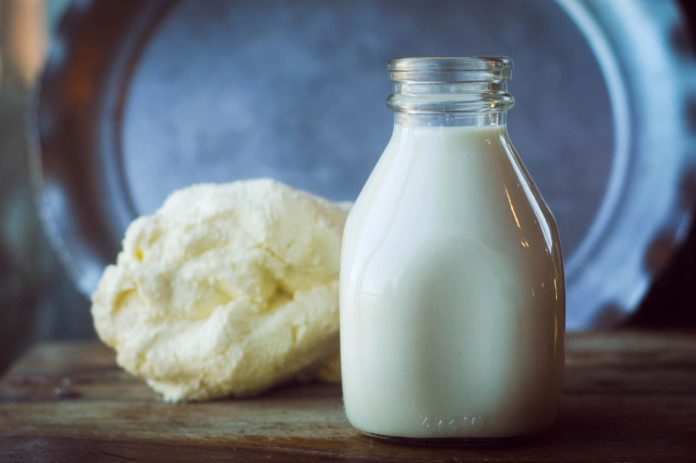
Obviously we mean plain lassi and not the mango one! You can skip the expensive skin creams. This rich by-product of butter contains lactic acid and ascorbic acid. One study showed that this combination lightened age spots more effectively than lactic acid alone. Apply to the spots with a cotton ball, then rinse with water after 20 minutes.
3Vitamin C for allergies
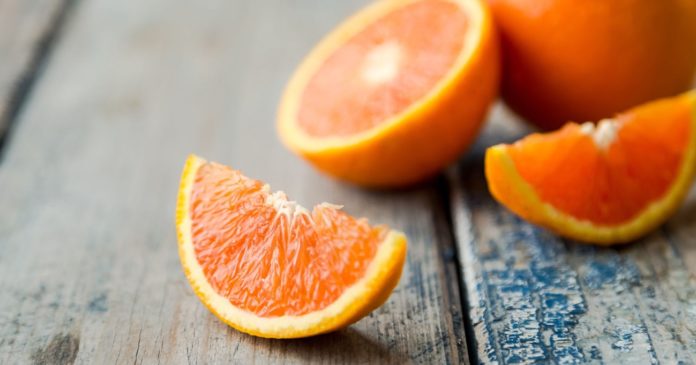
Vitamin C isn’t just good for the common cold; it turns out to be an effective natural antihistamine. In one study, 74 per cent of the subjects who received a vitamin C nasal spray reported that their noses were less stuffy, compared with 24 per cent of the patients who took a placebo. The study’s authors recommend getting two grams per day from food and/or supplements.
4Cod liver oil for vision
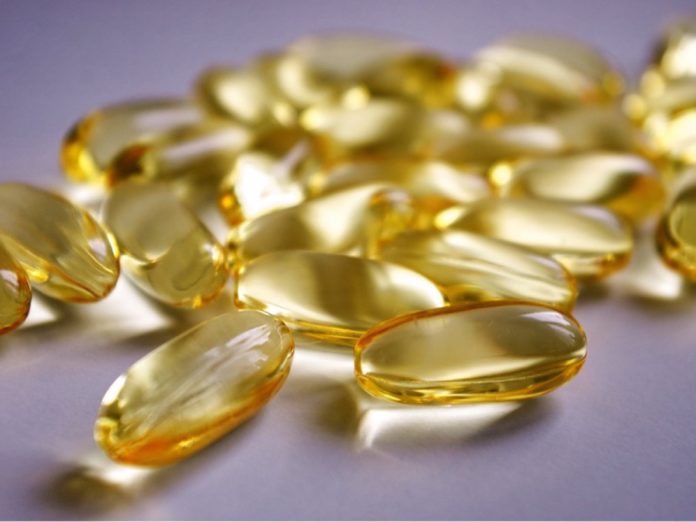
This oil is a rich source of omega-3 fats, which increase blood flow to the eyes and decrease the risk of developing glaucoma and possibly macular degeneration. Take one teaspoon daily.
5Petroleum jelly for blisters
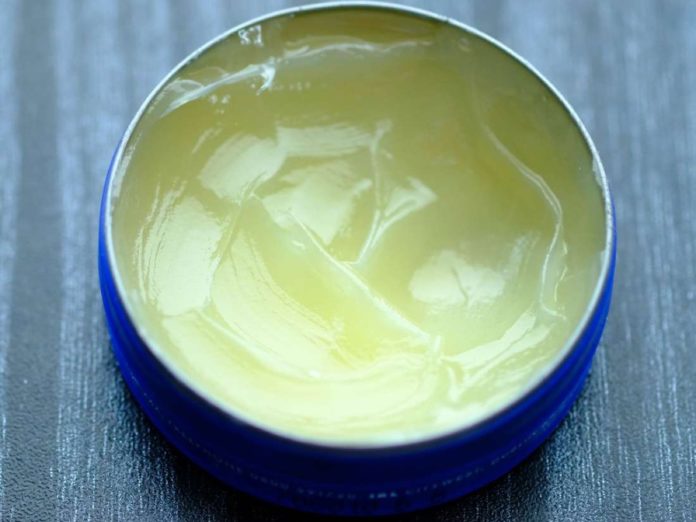
The rawness from blisters can be painful enough, but chafing can irritate them further. Clean a blister with soap and water, and then reduce friction by applying petroleum jelly to the inflamed area and keeping it covered with a bandage.
6Oatmeal for bug bites
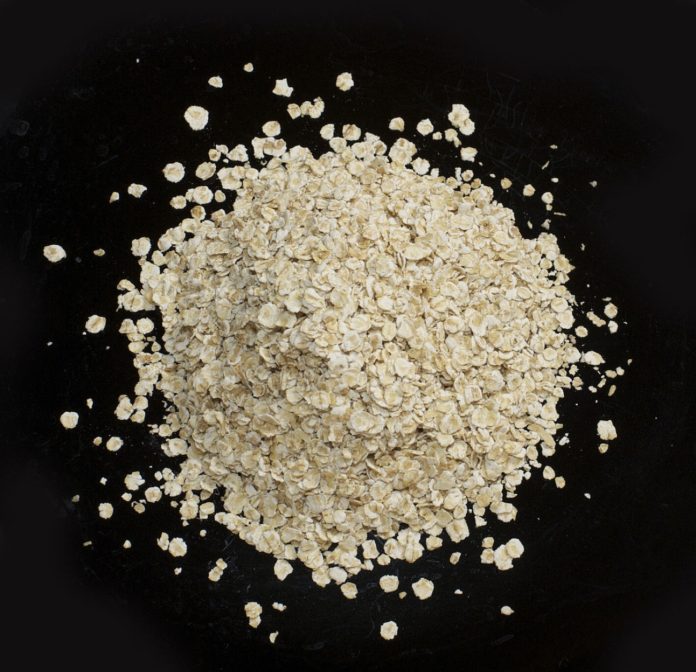
Oatmeal has a long history – and equally solid biological basis – for its anti-itch effects. You can find creams containing colloidal oatmeal in any drugstore, or you can make a paste by mixing equal parts oatmeal and water; apply it to the bite for 10 minutes, then rinse.
7Aloe for burn
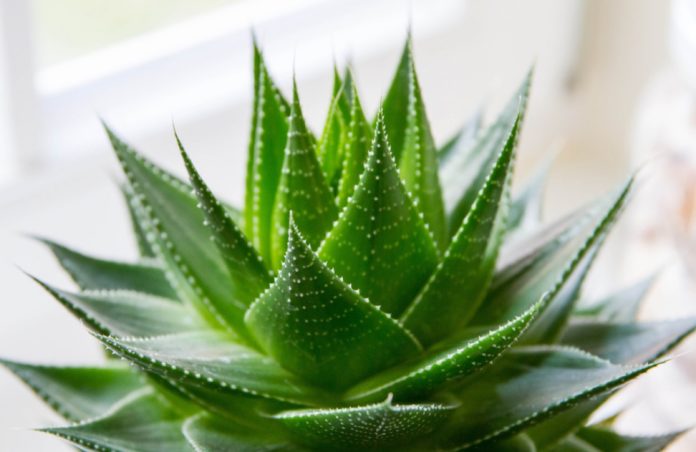
Aloe is a very soothing remedy for burns. One study demonstrated it was more effective than other treatments for second-degree burns. Make sure you use pure aloe, not a scented version. If you own an aloe plant, simply cut open a leaf and apply the liquid directly to the affected area. For serious burns, you should still see a doctor.
8Fennel for indigestion
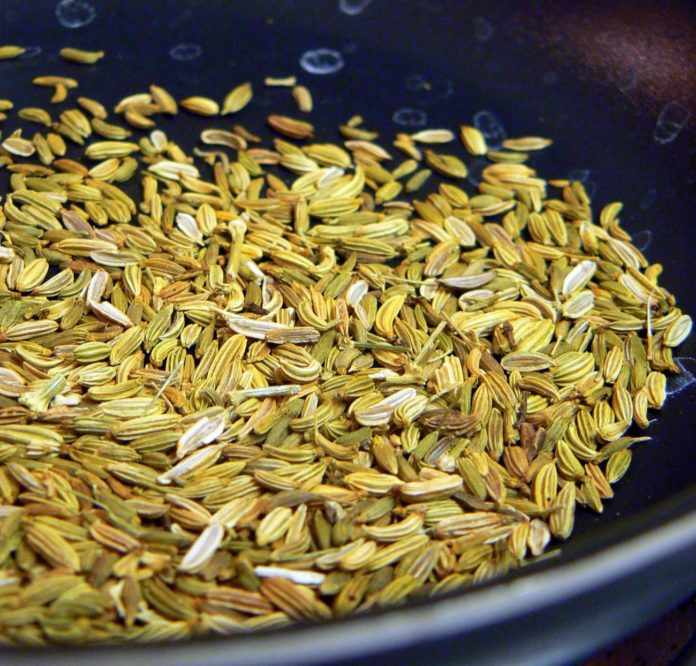
Every self-respecting desi has saunf in their cupboard, and for good reason too. They contain carminative agents, which help expel gas from the intestinal tract. Chew a pinch of fennel to help prevent after-dinner belching.
9Ground flaxseed for constipation
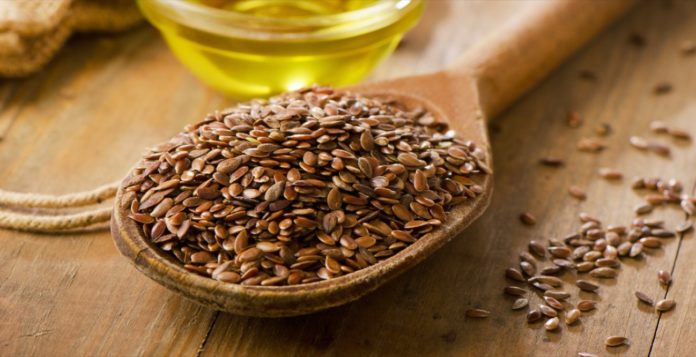
It’s almost as if nature tailor-made ground flaxseed to relieve constipation. It’s a great source of both insoluble and soluble fibre, which add bulk to the stool and promote the growth of good bacteria. Ground flaxseed is an excellent source of plant-based omega-3 fatty acids, which are known to help soften stool and relieve constipation. Aim for two to three tablespoons a day as part of a fibre-rich diet.
10Thyme tea for coughs
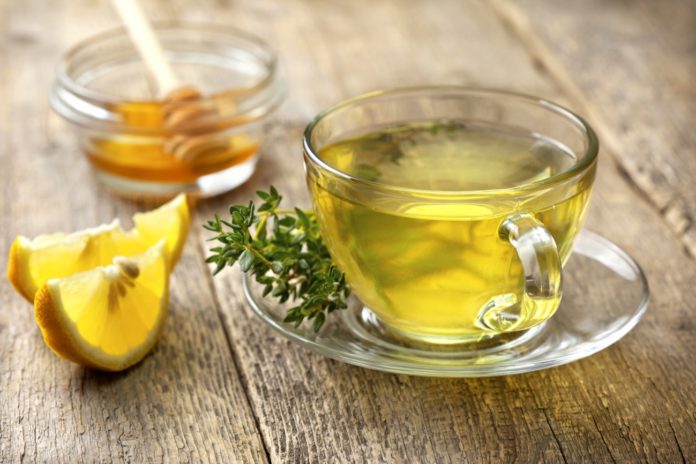
Thyme is a natural expectorant that relaxes the respiratory tract and loosens mucus. Studies have found that using thyme in combination with primrose or ivy relieves the frequency and duration of coughs. To make thyme tea, place two tablespoons of fresh thyme (or one tablespoon dried) in a cup of hot water. Allow it to steep, then drain out the herb. Add honey to taste.
11Blackberry tea for diarrhoea
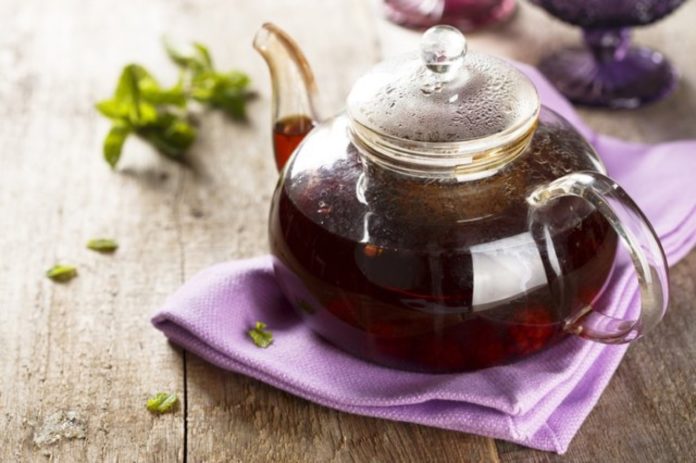
Blackberries are rich in tannins, substances that can tighten mucous membranes in the intestinal tract. They have long been used as a treatment for diarrhoea. Make blackberry tea by boiling one or two tablespoons of fresh or frozen blackberries or dried blackberry leaves in one and a half cups of water for 10 minutes, then strain. Drink several cups a day. You can also buy blackberry tea, but make sure that it contains blackberry leaves and not just flavouring.
12Aspirin for calluses and corns
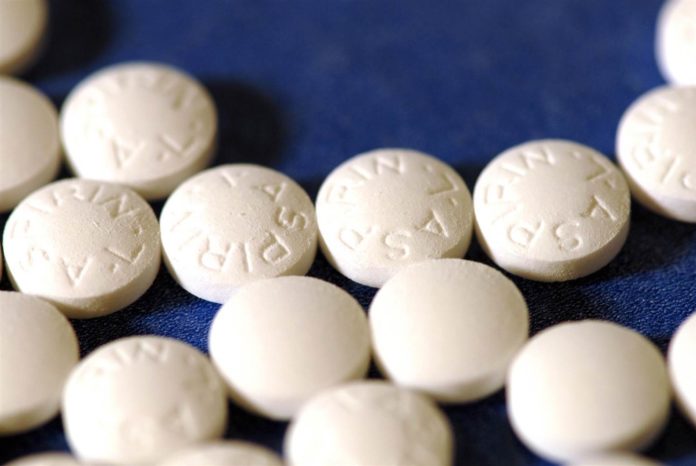
To create your own corn-softening compound, crush five or six uncoated aspirin tablets into a fine powder. Mix the powder thoroughly with one half teaspoon of lemon juice and one half teaspoon of water. Dab the paste onto the thickened skin, lay a piece of plastic wrap on top, and cover the plastic with a heated towel. Remove everything after 10 minutes and gently scrub away the loosened skin with a pumice stone. Of course, you shouldn’t try this if you are allergic to aspirin.
13Milk of magnesia for canker sores
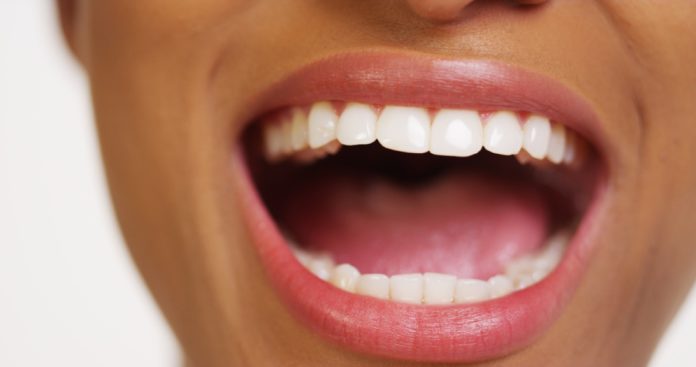
Yes, it has other applications than just kabzee (constipation). It’s good for canker sores which are ulcers of the mouth caused by viral infections or injuries. To ease the pain, rinse your mouth with milk of magnesia or apply it to canker sores three or four times a day.
14Cucumber for eyestrains
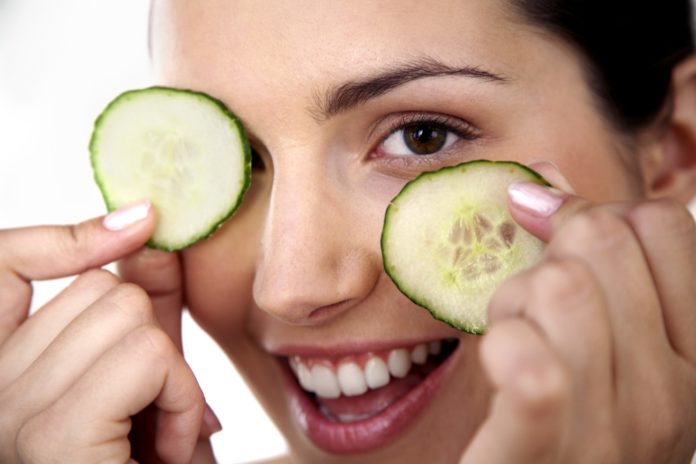
No, it’s not a myth – cucumber really does work. Cucumbers contain antioxidants that studies have shown help decrease swelling and relieve pain. Lie on your back and place one cucumber slice (about one-eighth inch thick) over each closed eye. Replace the slices with a cooler pair every two or three minutes, for up to 15 minutes total.
15Lavender oil for foot odour
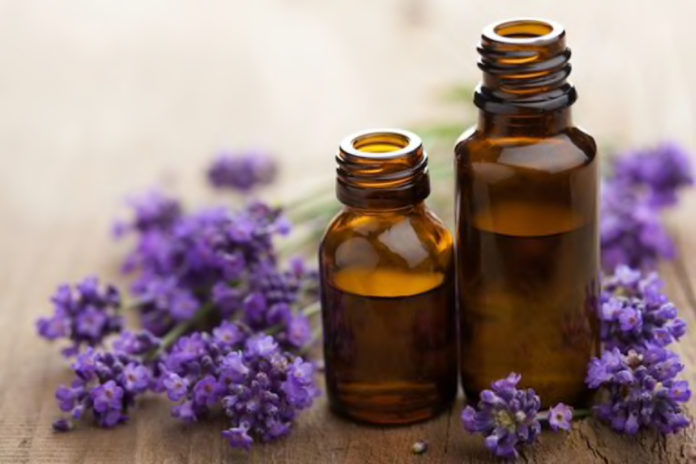
Lavender essential oil not only smells good but also has antibacterial properties that help kill germs. Before bed, rub a few drops of oil onto your feet and massage it in. Pull on a pair of socks to protect your sheets.
16Cherries for gout
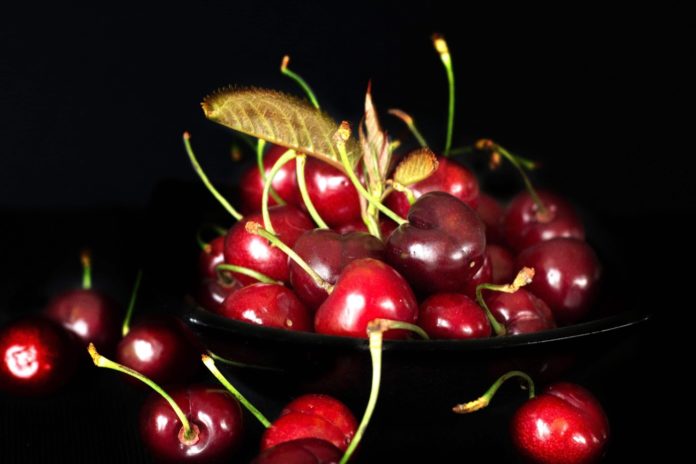
People who ate about 20 cherries every day were less likely to experience flare-ups of gout, according to a study of 633 patients with the condition. Cherries contain compounds that help neutralize uric acid.
17Peppermint oil for headaches
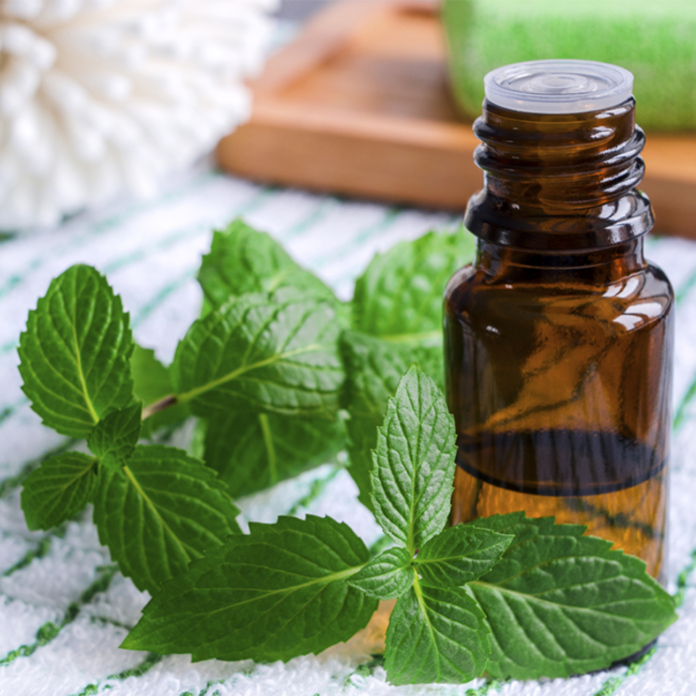
Peppermint essential oil cools the skin, numbing the pain of a tension headache as well as acetaminophen does, according to two small studies. Mix a few drops with olive oil to prevent skin irritation, then gently massage onto your forehead and temples.
18Sugar for hiccups
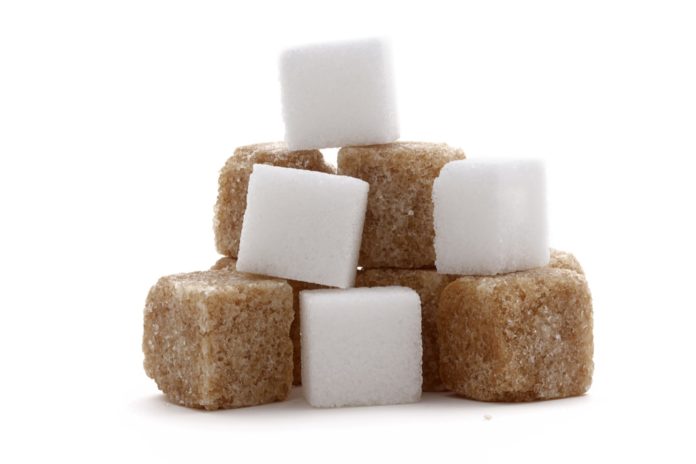
A spoonful of sugar doesn’t just help the medicine go down—when it comes to hiccups (contractions of the diaphragm), it is the medicine. Eating the grainy sugar crystals forces you to swallow harder than normal, and this resets your diaphragm to stop the spasms.
19Green tea for joint pain
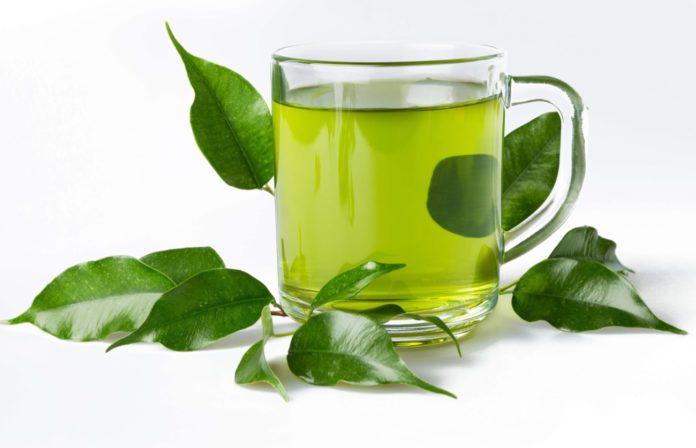
A potent antioxidant found in green tea called epigallocatechin-3-gallate (EGCG) may put the brakes on the joint pain and inflammation of rheumatoid arthritis, according to a study in Arthritis and Rheumatology. Researchers suggest drinking two or three cups a day to reap the benefits.
20Olive oil for lip cracking
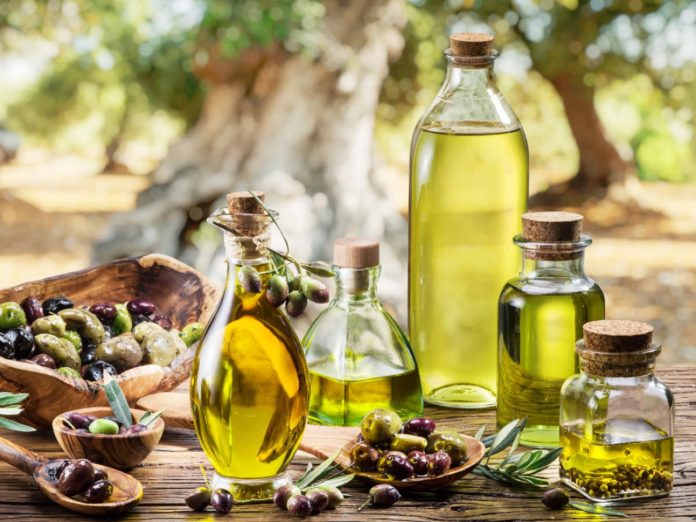
When you’ve got chapped lips, coat them with olive oil, a natural lubricant that will help soften and moisturise lips nicely. In fact, any vegetable oil will do.
21Ginger for nausea
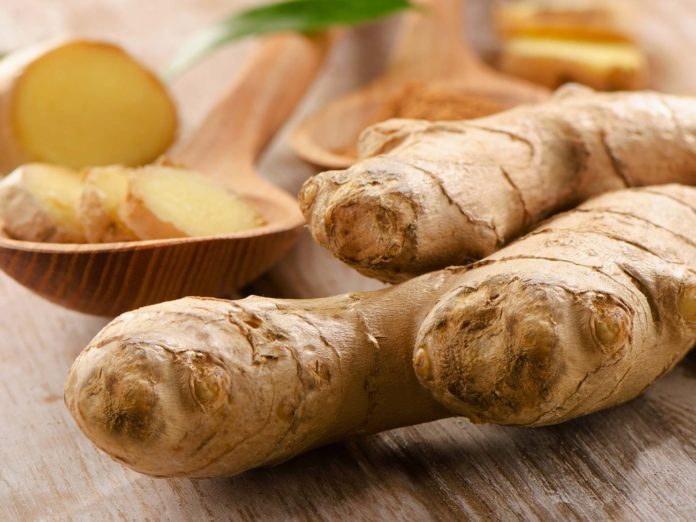
Ginger can help alleviate nausea caused by chemotherapy, morning sickness, or motion sickness. Although we do not yet understand the exact method that allows ginger to be effective at reducing nausea, it is thought it may work by obstructing the serotonin receptors in the gut that cause it. It also may prompt the body to release enzymes that help break down food. Sip some ginger tea, or chew some candied ginger-root.
22Pressure for neck pain

With your thumb or your fingertips, apply steady pressure on the painful spot on your neck for three minutes. Research shows that this simple acupressure technique helps loosen tight muscles to lessen pain.
23Soy for osteoporosis
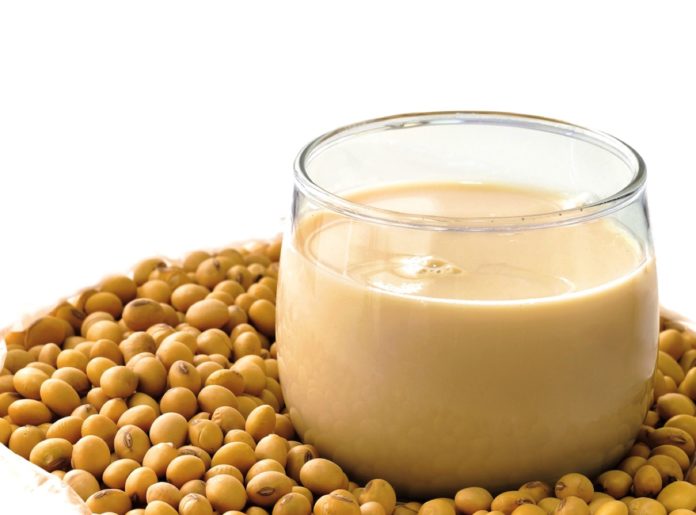
A review of several studies found that people who ate foods rich in soy had healthier bones and a reduced risk of fractures. Scientists are still trying to figure out which active compounds may account for the protective effect, but good sources of soy protein include soybeans, soy milk, miso, tempeh, and tofu.
24Capsaicin for psoriasis
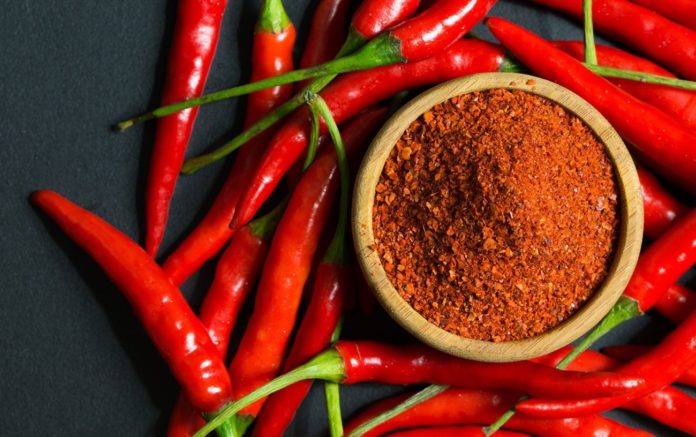
Capsaicin is what gives cayenne its heat. Research has shown that applying capsaicin cream helps lessen the itching of psoriasis.
25Avocado for razor burn
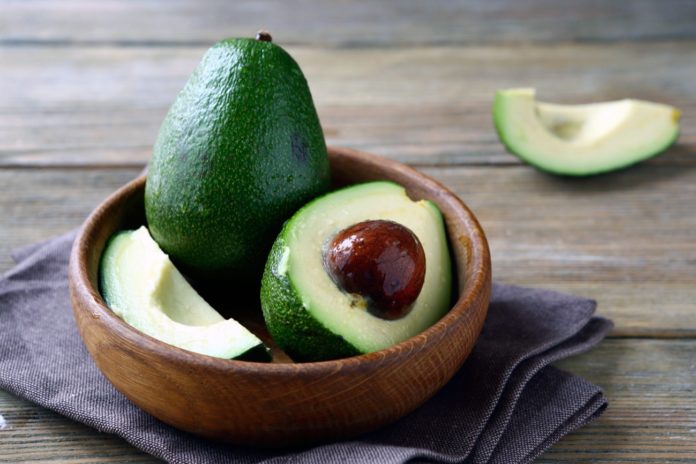
Avocado is rich with vitamins and oils that soften and hydrate skin to relieve the tenderness of razor burn. Apply mashed fruit or avocado oil directly to the irritated skin.
26Eucalyptus oil for sinusitis
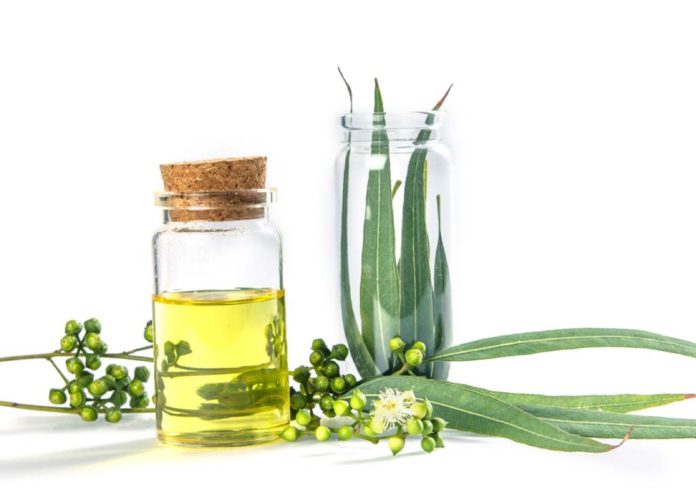
Give your congested sinuses a steam treatment. Add a few drops of eucalyptus oil to a pot of water, boil, and remove the pot from the stove. Drape a towel over your head and shoulders, then lean forward so it forms a tent over the pan. Keep your face about 18 inches above the water and breathe deeply. The vapour carries droplets of oil into your sinuses and loosens congestion.
27Clove oil for tooth and gum pain
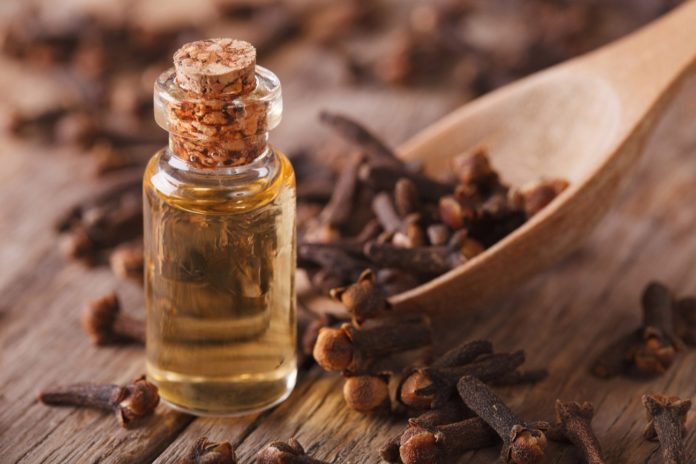
Oil of cloves can sometimes soothe an inflamed tooth. Clove oil has bacteria-slaying properties and also a numbing effect. Mix a few drops with olive oil to avoid irritation, then swish it in your mouth.
28Cranberry juice for urinary tract infections
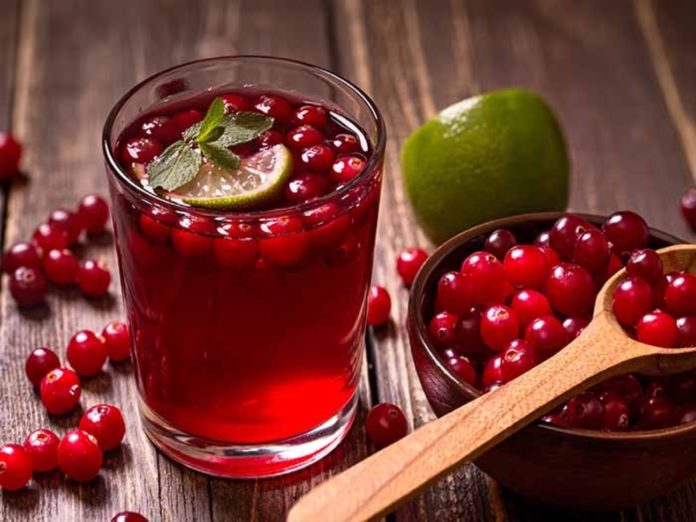
A study of 373 women with a history of urinary tract infections (UTIs) showed that those who drank a glass of cranberry juice daily had a 40 per cent reduction in the number of UTIs compared with those who drank a placebo. While other studies have been mixed about the effect of cranberry juice on UTIs, scientists think a compound in cranberry juice can prevent bacteria from sticking to the walls of the urinary tract.
29Duct tape for warts
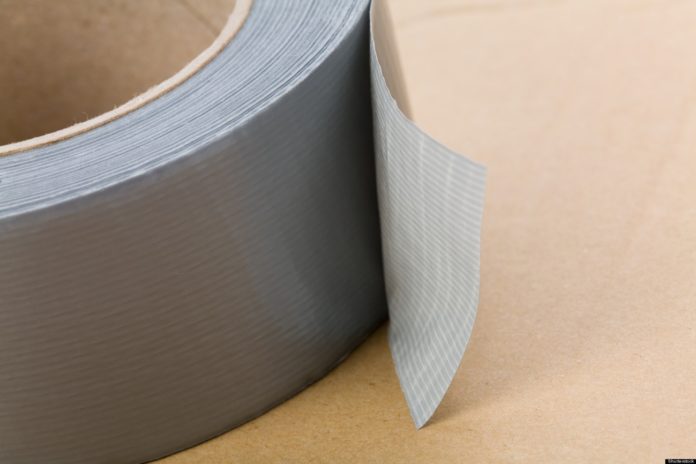
Although doctors aren’t sure why it works, one study found that putting duct tape on warts and replacing it every six days was 25 per cent more effective than freezing them—and much cheaper.


